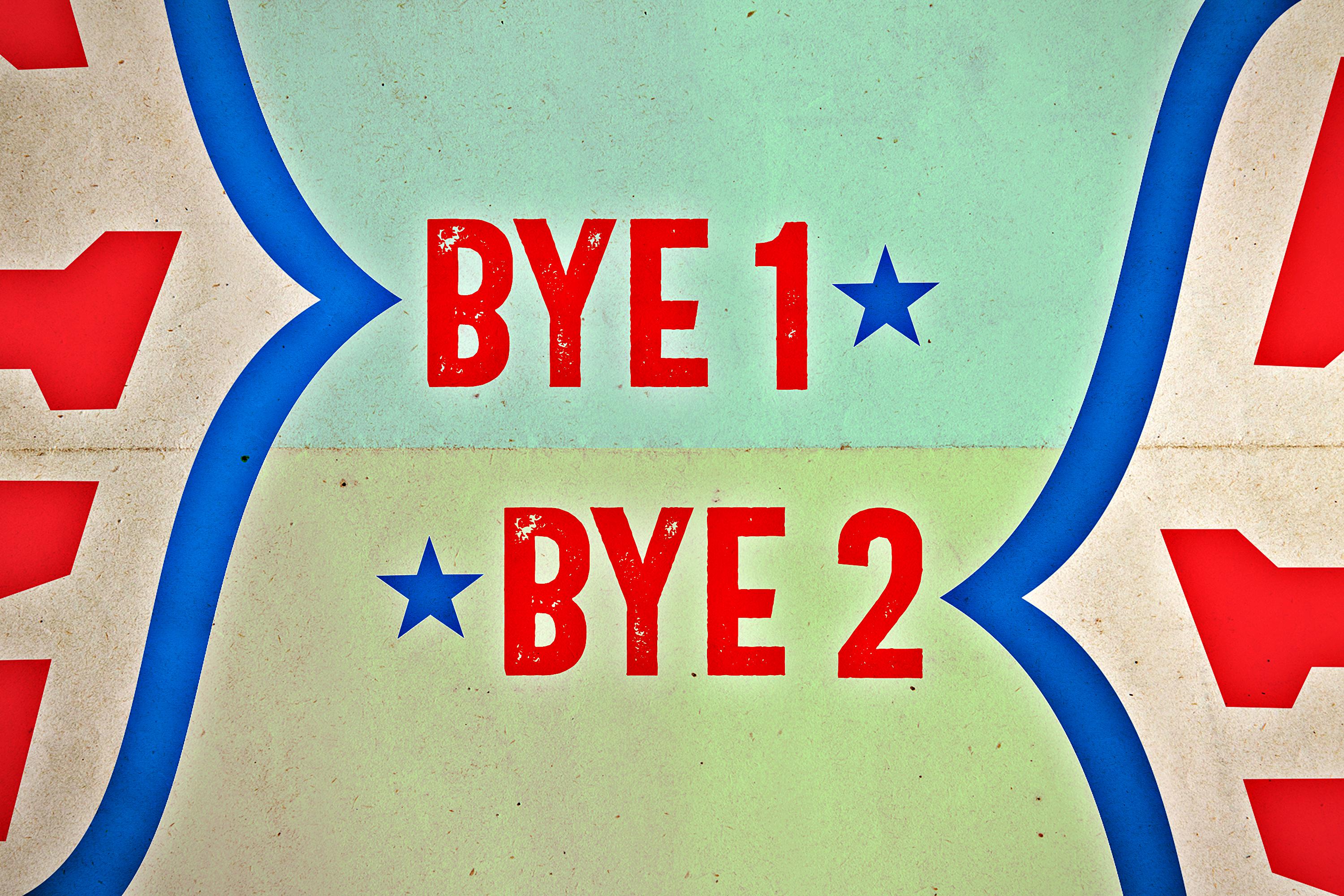
It must be the slow part of the offseason, because once again the NFL is flirting with an 18-game schedule. The league has been floating the idea of expanding the season from 16 to 18 games for nearly a decade now, if not longer. The reasoning is the same rationale that the NFL has for virtually every other action it takes: It’ll bring in more money.
Each time this idea is brought up, we go through the same song and dance. The drawbacks to an 18-game schedule are well known: Adding two games of football means more wear and tear on players who are already brutalized by the 16-game schedule. It also means long-standing single-season and career records would be shattered (the NFL has been on a 16-game schedule for more than four decades). And it could dilute the product, lessening the value of each game.
The NFL’s latest proposal included something of a compromise: an 18-game season, but with a 16-game limit for players. Basically, coaches would have to strategically decide when to bench their starters. For countless reasons, this is an objectively terrible idea—as my colleague Rodger Sherman explained earlier this week—and it will almost assuredly never be implemented. The NFLPA has long been opposed to expanding the regular season, and the league’s continued public crusade to add two games feels more like an attempt to establish an early position for CBA negotiations (the current agreement will expire after the 2020 season) than a serious proposal.
But if the NFL’s endgame is really to generate more revenue, there’s a better way to get another Sunday on the schedule without diluting the games themselves: add a second bye week.
With a second bye, the NFL season would extend from 17 weeks to 18, which, while not the full two-week boost the league’s current proposal would add, creates another football-watching weekend with nearly zero downside. It’d give players more time to rest, the league more flexibility with scheduling, and fans one more week of pro football. Sure, fans wouldn’t get another weekend with their favorite team, but plenty of people still watch football even when their squad isn’t playing. As Michael Scott would say, it’s a win-win-win.
Now, the NFL has tried a two-bye-week schedule once before, in 1993. It didn’t go well. My boss, Bill Simmons, explained what went wrong in a 2010 column:
CBS and NBC freaked out because their ratings plummeted thanks to a continually depleted Sunday slate; teams complained that they couldn’t maintain momentum when they weren’t playing enough games in a row; everyone hated losing the week off between the conference title games and the Super Bowl; and most importantly, fantasy owners couldn’t figure out who to bench/waive/pick up since we didn’t have the Internet yet.
Sports Illustrated’s Peter King was similarly down on the idea in 1993:
The double byes are a double disaster. A second bye week was added this season in order to stretch the network TV schedule to 18 weeks. The bonehead result was that there were as few as 10 games per weekend through the first two months of the season, not 14. Fewer games, fewer chances for good games, obviously. Another by-product of the double bye: With so much time off between games, teams fall out of sync. “We beat Minnesota, and we were ready to roll,” says 49er quarterback Young. “Then we had to pick our noses for two weeks before playing Dallas.” The result: Dallas 26, San Francisco 17. The 49ers are 1-3 after bye weeks over the last three years, 30-8 without a week off.
All the problems that Simmons and King list are results of comically poor execution, not an inherent flaw with bye weeks (if it were the latter, the NFL would have zero bye weeks instead of one). In 1993, the league instituted its bye weeks by division, meaning entire divisions would get a week off at a time. No wonder the ratings took a hit—imagine hitting pause on a divisional playoff race in an era before Sunday Ticket and the RedZone channel, and while fantasy football was still in its infancy. And the league nonsensically front-loaded the byes, giving every team a week off between weeks 3 through 6, and another between weeks 7 through 12. Some teams played two games, took Week 3 off, then played three games before taking Week 7 off, then played 11 games in a row. Of course coaches felt like that bizarre schedule killed their early-season momentum. And if all that wasn’t bad enough, the league also heavily concentrated its byes on a handful of weeks—eight of the league’s 28 teams were off in weeks 3, 4, 7, and 8 (in 2019, no more than six teams will be off in one week, and there are now 32 teams). The problem was never a second bye week—it was the NFL’s terrible implementation of that schedule.
The NFL had only just introduced a one-bye-week schedule in 1990, so it’s understandable that it didn’t really know what it was doing (some things never change!) when it added a second bye just three years later. Now, with the benefit of more than two decades of a bye-week schedule to draw upon, there are obvious solutions that would make a two-bye-week routine much smoother.
First, there’s no reason that the extra week of football has to come at the expense of the week off between the conference championships and the Super Bowl—just move the season up a week or the Super Bowl back one. And for fantasy, we have the internet now—no one should be that confused by a second bye.
The most important fix would be spreading out the off weeks. In the upcoming 2019 season, bye weeks are scheduled between weeks 4 and 12, with no single week featuring more than six teams off. An 18-week schedule with two byes could work similarly: If the NFL kept all of its byes between weeks 4 and 15, for example, every team could have two weeks off while limiting the total number of off teams per week to six at most. And the NFL could easily avoid scheduling an entire division off at once by just … not doing that.
The NFL schedule is also unrecognizable from 1993. The league now features a Thursday Night Football game nearly every week, and has five international games planned for the 2019 season. Adding an extra bye week would ease some of the congestion around scheduling those: Teams always generally receive a bye after playing in London and Mexico; adding a second bye week could occasionally give teams a break before a Thursday game, too, helping reduce the number of times players are asked to play on both a Sunday and Thursday.
The major drawback to this proposal, from the NFL’s perspective, is that it doesn’t actually create more football games. It just spreads them out over a slightly longer period of time. It’s the NFL equivalent of swishing some water around in a pasta sauce jar to get that last little bit of sauce out. But on the flip side, doing that still gets the last bit of sauce! And expanding the bye weeks would allow the NFL to squeeze a little bit more TV revenue out of the viewing public, while also not putting players through two more games or instituting an awkward, awful 16-game player limit. If the NFL is truly committed to getting extra weeks of football, this is the only way to do it that makes sense for all parties involved.

